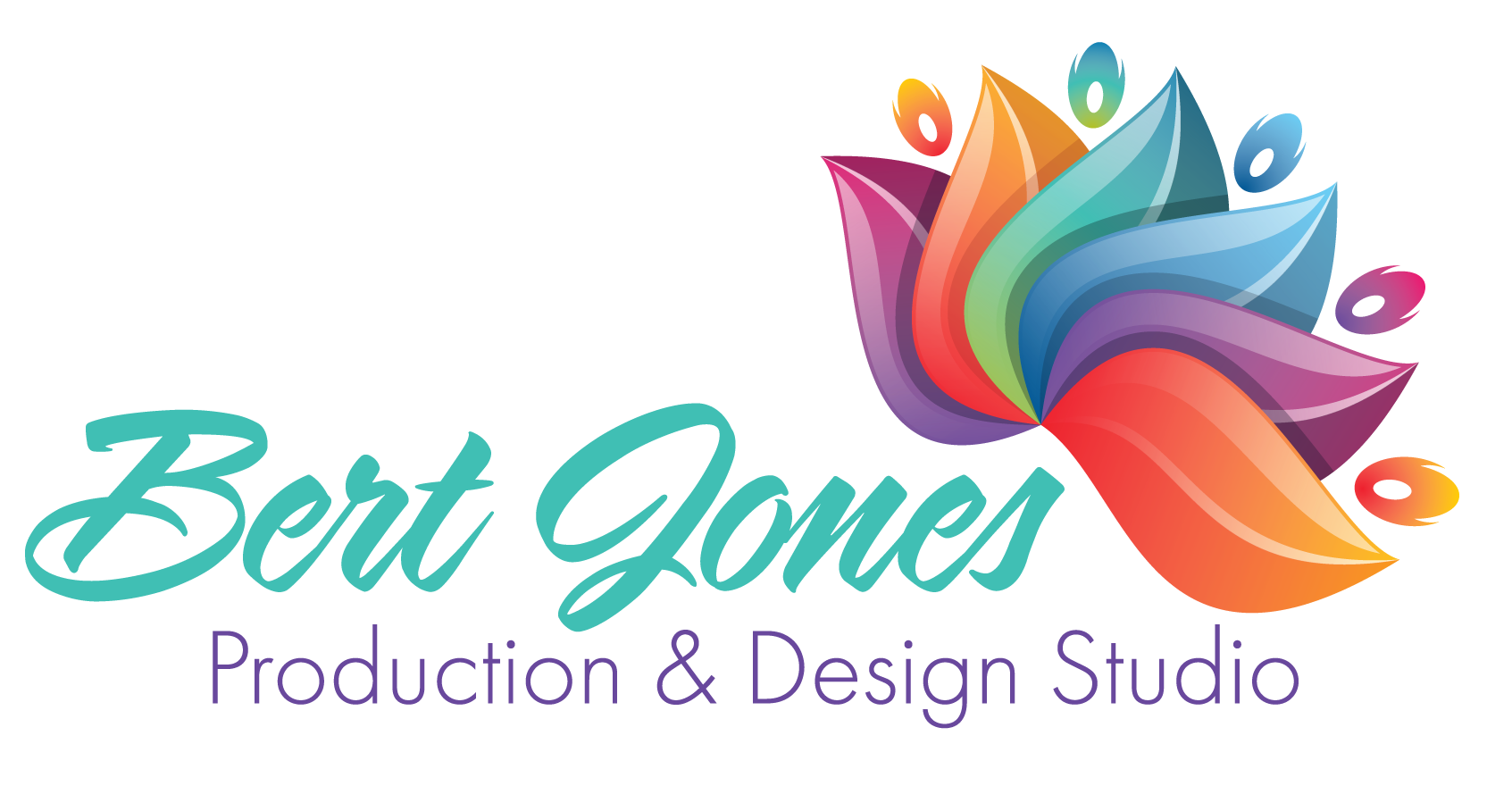Print Design versus Web Design
March 25, 2022

From early small-run tomes that were hand typeset, to mass-produced books of today, Print Design has been around for centuries. Since the early 1980s, web design has exploded and has hacked out a niche in the design industry. Both are equally important in reaching audiences and sharing the information that they bring to their respective readers. But creating a single design for both is as different as night and day.
Today’s technology of laser printers, digital presses, and high-definition screens, audiences expect everything they see to be crisp and clean. Making that happen from one media to the next can be a challenge for any designer. In terms of resolution, printing has a vast scale of resolution to utilize for any piece that is created; from 150 dpi, dots per inch, to 4800 dpi, the range is vast. While the same piece displayed on a monitor can only eek out about 72 dots per inch. The difference in resolution is noticeable. Creating something for both media can take skill and knowledge of how a printer and monitor work.
Typography
Typography is another factor worth mentioning. In the printing industry, millions of fonts are available to choose from. From Serif and San Serif to cursive or fun, a designer can choose any font to complement their design and bring the required message to their audience. On a monitor, a designer is limited to only a handle of fonts that are typically standard on all computers. This limitation ensures that the type will be read and roughly the same size and shape from computer to computer. This limitation can be helpful to make sure that the audience sees the same thing, no matter what browser they are using or what machine they are on. But, this doesn’t help the designer in choosing a font that will more aptly fit the message of the piece.
Color
Another challenge to any designer is color, where typography is limiting in its choices, so is color.
For print design a designer has access to millions of colors, only limited by what inks the print house can create. On a monitor, a designer is typically restricted to roughly 256 colors that are deemed ‘web-safe’. Web safe means that the color can accurately be displayed in the RGB (red, green, blue) color space.
But, printing on a press with its CMYK (cyan, magenta, yellow and black) color space can display those millions of ‘print-ready’ colors. Since CMYK and RGB are different color spaces and work differently. RGB uses additive light to show the color and CMYK uses subtractive light. They will not produce the same color accurately.
Demographics
One major difference that is typically overlooked between print and web design is its audience and location. With print design, a designer is designing a piece for a specific audience and location. Questions like, “Who is it for?” and “Where will it function?” are cornerstones of the design. The designer and their client get to choose who and where.
With web design, a designer still asks those same questions, but doesn’t necessarily get to limit the “who” and the “where”. With the World Wide Web so vast, anyone in any place can see the design. Individual groups of people, that perhaps the design was not created for, can view it. The designer and client have no control, or very little, over this problem.
Digital versus Analog
With design being placed on the World Wide Web and media such as CD-ROMs and DVDs, interactivity is also a difference between print and web.
With a printed piece, there is not much interactivity between the piece and the viewer. They read it, they absorb the information, they move on.
With multimedia designs, such as a DVD or web page, the viewer can click links to learn more about a particular part of the piece, to view a movie, to read background information, or to learn more about the client. Any number of items can be included that couldn’t be included in a printed piece.
Conclusion
Both design types are valid options for any company and designer to pursue in reaching an audience with their information. The important thing to remember is to ensure that the designer and client research all the options available. Specifically, look at each difference (like the ones mentioned above), and ensure that the final decision they make, is the correct one for the message they are trying to get out to the masses. Without proper planning, research, and sound decisions made, any message could easily get lost or reach an unintended audience.
